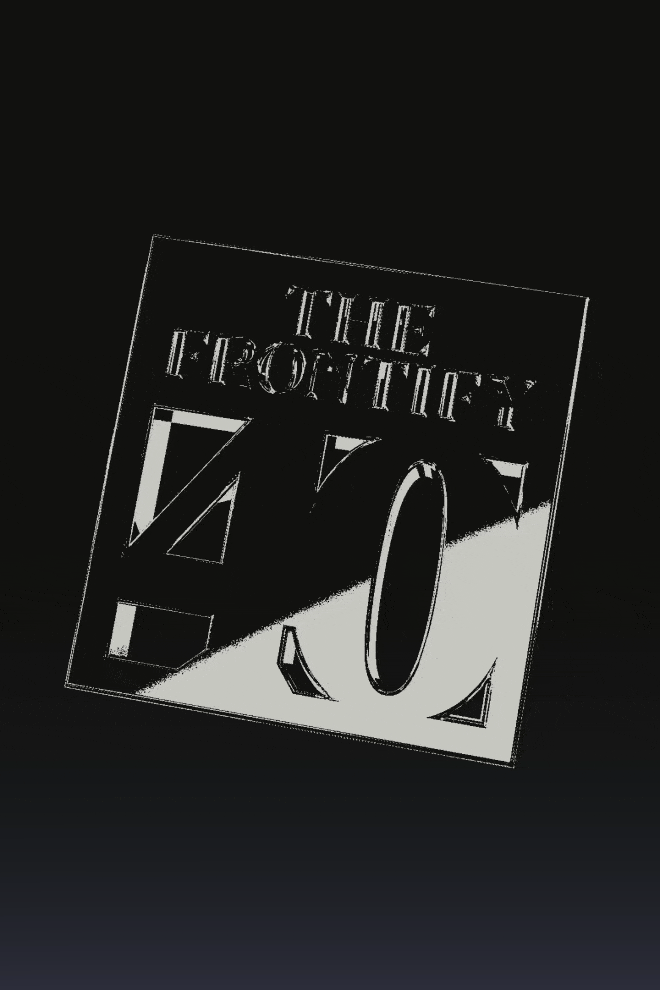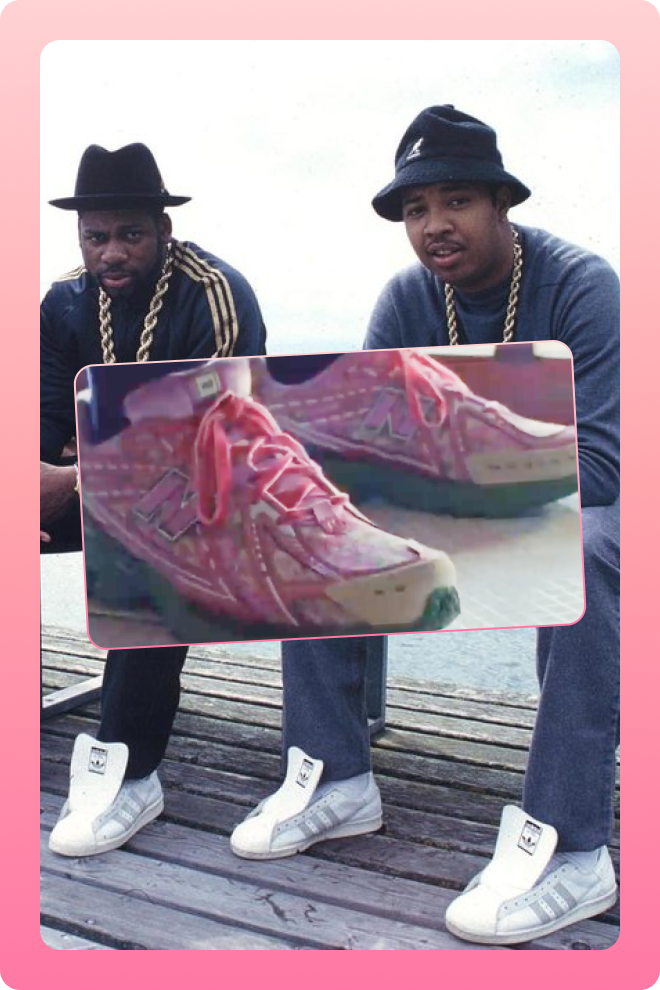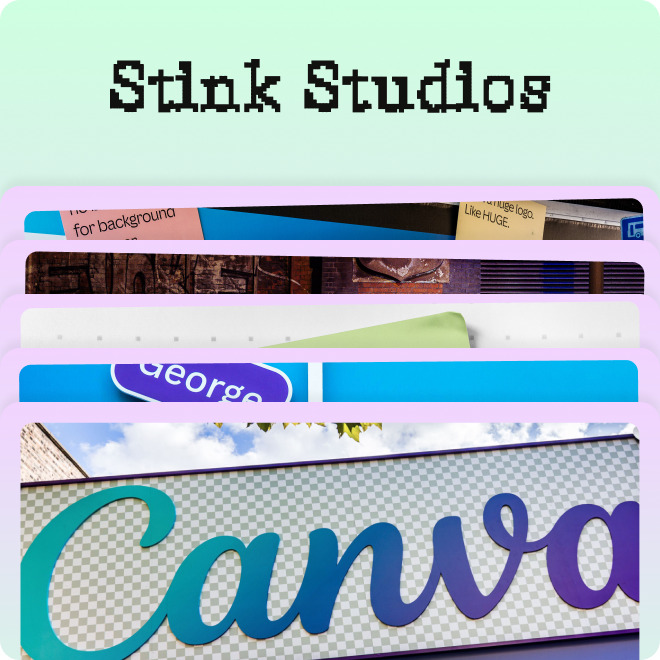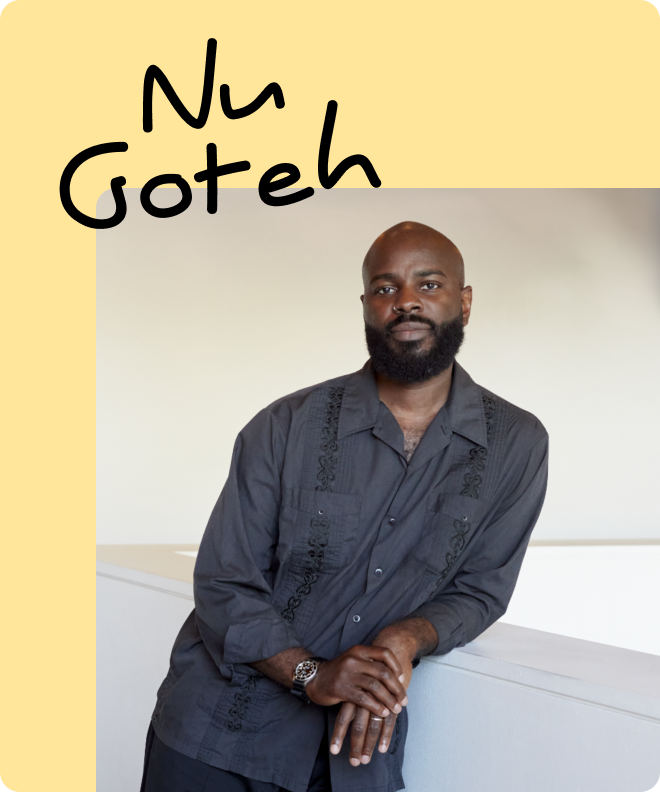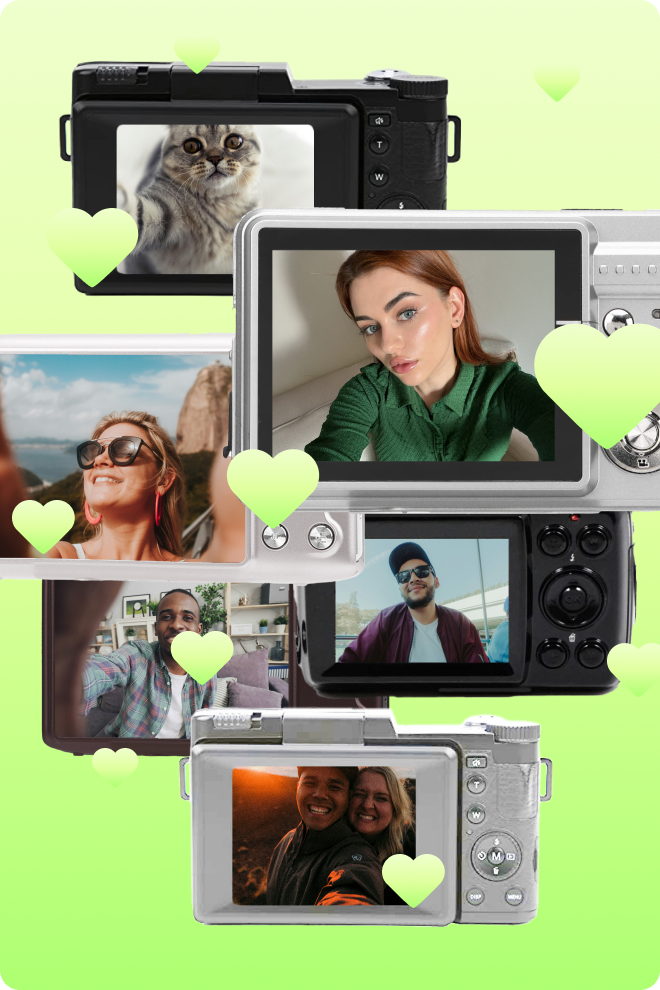Why quantum computing is the next great branding horizon


- Quantum computing is the next seismic shift in creativity.
- Unlike classical systems, quantum computing processes information in radically non-linear ways.
- Projects like UN/BOUND and RECURSE are early signals of what’s possible with quantum tools.
- Quantum can collapse insight-generation timelines from months to milliseconds.
- True quantum readiness will require new ethical frameworks.
From immersive AI-driven soundscapes to data-responsive brand anthems, my work at Maison Mercury Jones has always been about one thing: ensuring sound doesn’t just decorate a brand. I want to make sure sound defines it.
I’ve spent my career at the intersection of sound, culture, and technology, and, for me, the emergence of quantum computing in creative industries represents the next seismic shift.
Like the early days of streaming or AI, the hype cycle is starting to spin.
But quantum’s potential to transform how brands conceive, test, and deploy creative assets isn’t just speculative, it’s inevitable.
In the very near future, brands will use quantum technology not as a mere gimmick, but as a strategic amplifier of human creativity.
Quantum computing harnesses the principles of quantum mechanics — superposition, entanglement, and tunnelling — to process information in ways the ‘classical’ binary computers we’re used to cannot.
Unlike traditional computers, bound to 1s and 0s, quantum systems exist in many states at once, introducing true stochastic randomness that mirrors the complexity of nature.
Quantum innovation is already alive in the creative sphere.
With TRANS VOICES and MONOM, I co-created UN/BOUND—an interactive installation at the Barbican’s Feel the Sound exhibition, powered by tools from MOTH and Neutone. It invites audiences into an evolving sonic ecosystem and will tour globally for five years.
With RECURSE, developed with MOTH, we presented the world’s first infinite mix, driven by quantum reservoir computing, at Harvard’s Trans*MEDIA Conference.
These projects represent a small sliver of quantum’s potential. Imagine infinitely evolving, adaptive outputs — such as brand soundscapes that respond to weather, audience mood, or cultural signals — while preserving identity and coherence.

My prediction is that quantum computing may become key to collapsing insight-generation timelines from months to milliseconds.
Imagine simulating millions of audience reactions to a sonic logo — factoring in culture, geography, and sentiment — before a single note is recorded.
As with AI, the temptation will be to let quantum-driven systems design the brand’s voice. But the soul of branding — its humanity — cannot and should not be outsourced.
The opportunity lies in using quantum as an amplifier for human creativity, freeing strategists and artists to explore bolder directions informed by real-time cultural intelligence.
Quantum approaches can extract rich patterns from small, ethically sourced datasets, avoiding the homogenisation risks of massive AI models. This opens the door to bespoke models that protect creator rights, and amplify underrepresented voices.
It’s the difference between generating a generic “global” sound and crafting a sonic identity that carries the texture and authenticity of a specific community while adapting fluidly to new environments.
Most brands aren’t prepared for the cultural and creative leap quantum will require and are still playing catching up with AI.
Quantum readiness is not just about having the technology in place - it’s about cultivating the mindset, partnerships, and ethical frameworks to use it well.
Brands that experiment now — balancing quantum’s efficiency and scale with human artistry — will define culture in the next decade.
